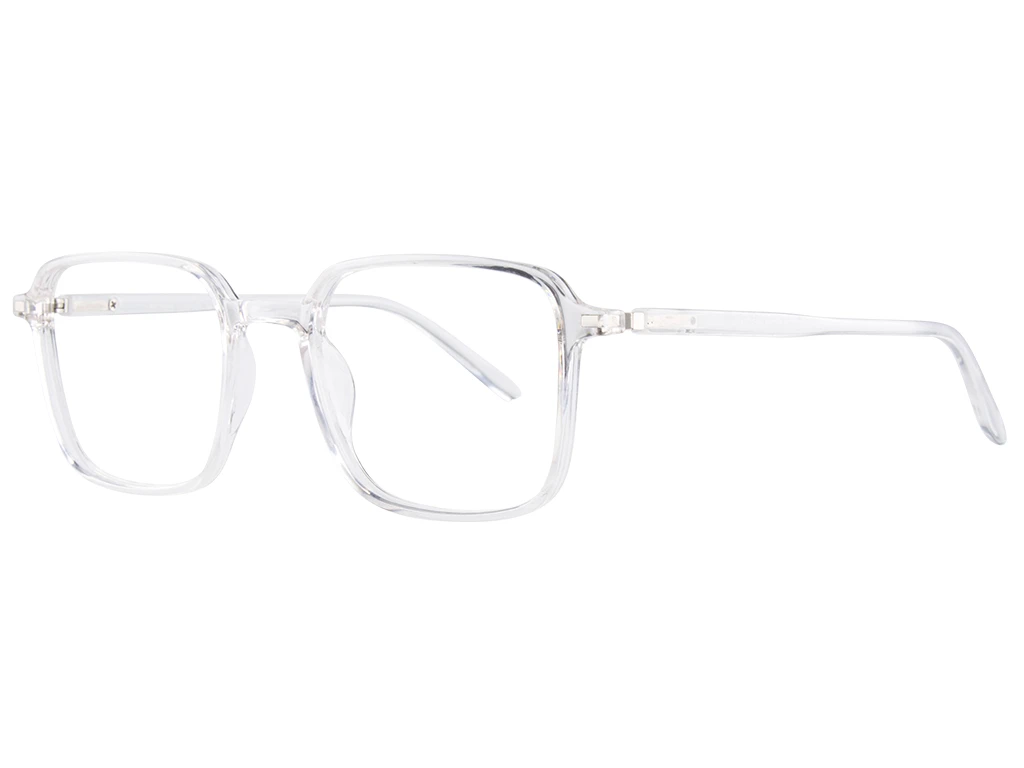Reading glasses have become an everyday essential for many people. Whether for work, study, or leisure, they help reduce eye strain and make small print easier to read. However, not all reading glasses are the same. Some people rely on prescription glasses designed specifically for their eyesight, while others turn to non-prescription options available in stores. Both choices serve different needs, but it can be confusing to know which one is right for you. This guide will help you understand the difference between prescription and non-prescription reading glasses and how each can fit into your lifestyle.
What Are Prescription Reading Glasses?
Prescription reading glasses are custom-made by an eye doctor after an eye examination. They are tailored to your exact vision needs, addressing not only near-vision issues but also other eye conditions you might have.
Key features of prescription glasses:
- Custom correction: They are made for your unique prescription, which ensures the clearest vision possible.
- Higher accuracy: They correct different vision problems such as astigmatism or unequal power in each eye.
- Better comfort: Since they are designed specifically for you, they reduce headaches, eye strain, and discomfort.
- Durable lenses: Many prescription glasses come with coatings like anti-reflective, blue light protection, or scratch resistance.
Prescription glasses are recommended for people who spend long hours reading or working on screens, or those with complex vision needs.
What Are Non-Prescription Reading Glasses?
Non-prescription reading glasses, often called ready-made glasses, can be purchased at pharmacies, supermarkets, or online without a doctor’s visit. They are designed with magnifying lenses that make small text easier to read.
Key features of non-prescription glasses:
- One-size approach: Both lenses usually have the same strength, which may not suit people with different prescriptions for each eye.
- Affordable and accessible: They are budget-friendly and easy to find without a prescription.
- Wide variety of styles: These glasses are available in many shapes, colors, and frame materials, making them a practical fashion accessory.
- Quick solution: Perfect for people who need occasional help with reading menus, books, or product labels.
While they are not designed for complex eye conditions, non prescription glasses work well for people with mild age-related vision changes, especially if they only need them occasionally.
Differences Between Prescription and Non-Prescription Reading Glasses
Understanding the differences can help you choose the right option:
- Accuracy: Prescription glasses are tailored for your eyes, while non-prescription ones offer a general solution.
- Cost: Non-prescription reading glasses are more affordable, while prescription options cost more due to customization.
- Convenience: Ready-made glasses can be bought instantly, while prescription glasses require an eye exam and professional fitting.
- Health benefits: Prescription glasses provide better long-term eye health support, especially if you have additional vision issues.
When to Choose Prescription Reading Glasses
You may need prescription glasses if:
- You have astigmatism or different power in each eye.
- You experience frequent headaches or eye strain.
- You use reading glasses for long hours daily.
- You notice blurry vision even when wearing store-bought glasses.
When to Choose Non-Prescription Reading Glasses
Non-prescription reading glasses may be a good choice if:
- You only need occasional vision support for reading.
- You want an affordable and quick solution.
- You prefer having multiple pairs for convenience and fashion.
- You want to explore eyewear as an accessory without committing to prescription lenses.
Style and Material Options
Both prescription and non-prescription glasses come in a variety of designs:
- Metal frames: Lightweight and classic, suitable for everyday wear.
- Acetate frames: Bold, colorful, and expressive for fashion-forward users.
- Eco-friendly frames: A sustainable choice for those who value the environment.
With so many options, reading glasses can serve both a practical and stylish purpose.
Final Thoughts
Whether you choose prescription or non prescription glasses, the right pair depends on your needs, lifestyle, and budget. Prescription options are best for clear, accurate, and long-term vision correction, while non-prescription reading glasses offer an affordable and stylish way to enjoy everyday reading tasks. And for times when you want a glasses-free experience, pairing them with contact lenses can give you both flexibility and comfort without sacrificing your personal style.
READ ALSO: Find Inexpensive Wigs Near Me: A Smart Shopper’s Guide

